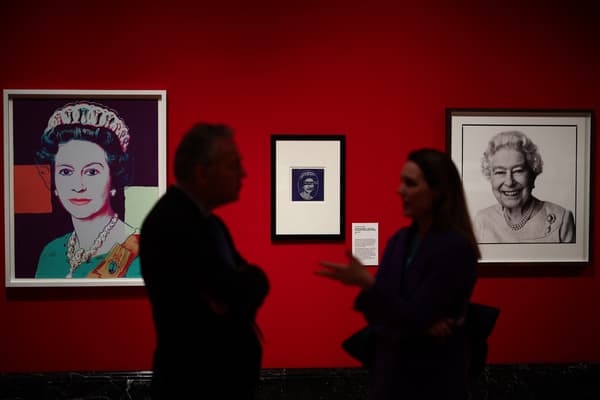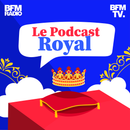Traditional, glamorous or eye-catching royal portraits play an important role in the image the royal family wants to present to the public. Proof of this is the recent official portrait, in very red tones, of King Charles III, unveiled by the king on May 14, and which sparked numerous reactions.
“The portrait is out of the ordinary,” emphasizes Marc Roche, London correspondent for Le Point magazine and author of Borgia in Buckingham (Albin Michel). “We don’t expect this kind of portrait of a head of state and a king.”
A “brand new” portrait, but in line with “the message that King Carlos III wanted to send,” the journalist emphasizes. “It is a message of continuity,” in response to the “consternation created by the announcement of his cancer.” “Those who do not like his portrait believe that it is a lack of respect towards a king who is currently suffering from an illness.”
It must be said that this portrait contrasts, to say the least, with previous official portraits, which can be seen in the National Portrait Gallery or Buckingham Palace.
Realism and eccentricity
“However, there is continuity, because the artist has represented very well the two faces of a reign like that of Charles III, the one in which royalty is assured: there is the military suit, the sword, he looks the painter directly in the eyes. – but there is also an element of change, the butterfly, which was painted at the express request of Charles III to emphasize his ecological crusade. There are also these extraordinary colors, this striking red.

The king himself was a little upset when he discovered this explosion of red, as artist Jonathan Yeo told BBC News. When Charles III saw the “half-finished” painting, he “was at first a little surprised by the intensity of the colors, but seemed to smile with approval.”
“The royal portraits respond to the royal banner, with the lion and the unicorn,” explains Marc Roche.
“The lion is power and realism, and the unicorn is imagination and eccentricity, and Jonathan Yeo managed to combine the two well.”
Other official portraits of the royal family (paintings and, above all, photographs) are currently the subject of an exhibition in Buckingham. They show, through a century of archives, how the royal family used these portraits to shape their image to the public.
An image of stability and goodness.
“Controlling the image of royalty is essential for members of the royal family,” insists Marc Roche. “These are not family portraits, but portraits of a ruling family, of a lineage that embodies the United Kingdom abroad.”
The image that the royal family wants to project is “that of stability, of benevolence, it is ultimately the counterpoint to political power, which is divisive, while the royal portrait must be unifying, which is in fact the mission of a monarchy.”
And for this reason, the royal family has never hesitated to retouch the images before showing them to the public. A practice that today is shocking, as demonstrated by the scandal and distrust aroused by the retouched photo of Princess Kate surrounded by her children. It was last March, before she announced that she had cancer.
Kate’s apology
In the era of social networks, which facilitate the proliferation and spread of conspiracy theories, Kate Middleton’s gesture was interpreted as a desire to hide information from the public. The princess had to apologize.
These real portraits, which convey messages of stability, sometimes also proximity, are usually taken by photographers specializing in celebrities and fashion photographers. From Cecil Beaton, who photographed Audrey Hepburn or Elizabeth Taylor, to Paolo Roversi, who had the most beautiful models in the world in front of him, the greatest professionals have immortalized members of the royal family. In fact, glamor is very important in the representation of the royal family.
An “essential” dimension, according to Marc Roche, to ensure “the cover of magazines such as Harper’s Bazaar, Tatler, Vanity Fair, international media, read by the intellectual and artistic elite.”
And it is also the way to have beautiful photographs to use in commercialized derivative products, such as mugs, calendars… It is essential to feed the coffers of the royal family in this way.
Source: BFM TV


